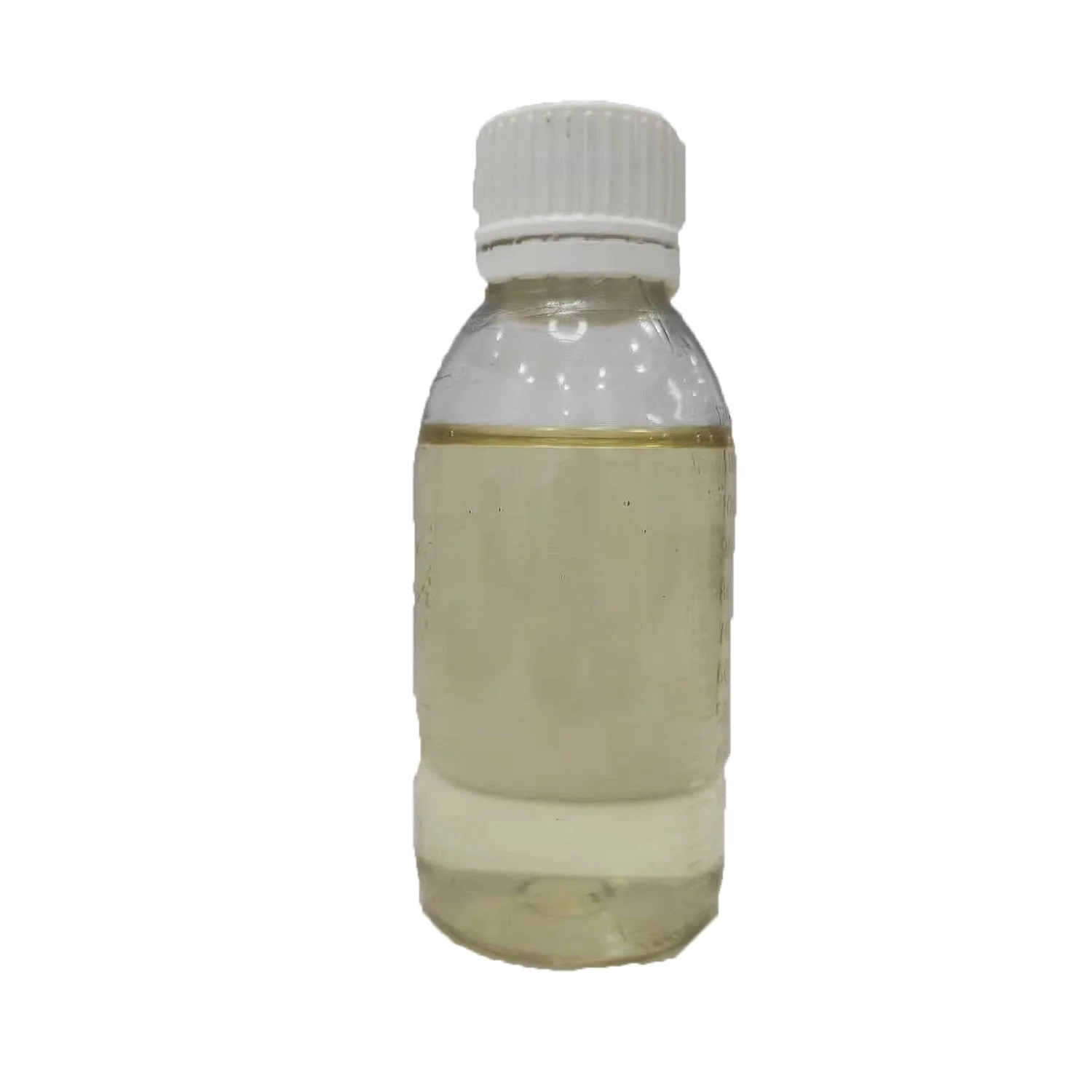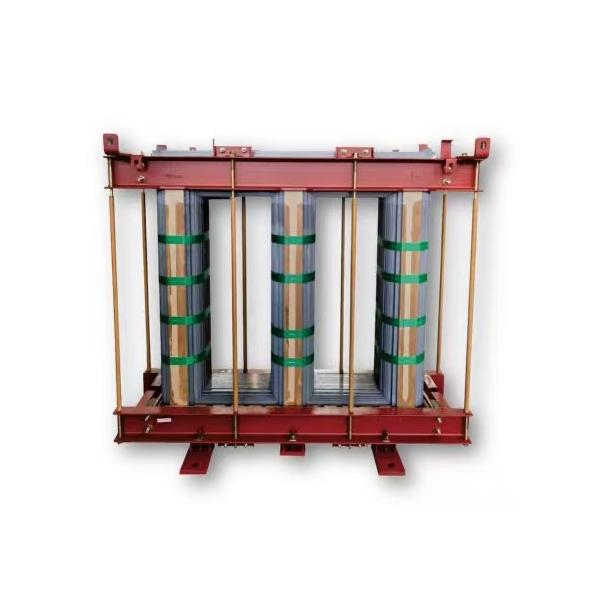Shale inhibitor selection guide

With the development and utilization of shale gas, shale inhibitors, as an important chemical, are widely used in shale gas drilling and production processes. The selection of shale inhibitors is of great significance for improving drilling efficiency, reducing costs, and protecting the environment. This article will discuss the selection guide for shale inhibitors to help readers better understand how to choose a suitable shale inhibitor.
1. Basic concepts and functions of shale inhibitors
Shale inhibitors are chemicals used primarily to control the interaction of water and mud in shale formations to improve drilling efficiency and protect well walls. Its main functions include:
Suppress the water sensitivity of shale layers: Shale layers are sensitive to water and easily absorb water and swell, causing well wall collapse and drilling difficulties. Shale inhibitors can reduce the degree of water expansion of shale layers and maintain the stability of well walls.
Reduce mud viscosity: The mud viscosity in shale layers is high, which can easily lead to drilling difficulties and well wall collapse. Shale inhibitors can reduce mud viscosity and improve drilling efficiency.
Reduce mud filter loss: Mud filter loss in shale layers is serious, which can easily lead to well wall collapse and underground environmental pollution. Shale inhibitors can reduce mud loss and protect well walls and the environment.

2. Selection factors for shale inhibitors
When selecting a shale inhibitor, the following factors need to be considered:
Shale layer characteristics: Different shale layers have different sensitivities and characteristics, and appropriate inhibitors need to be selected based on the characteristics of the shale layer. For example, some shale formations are highly sensitive to water and require the selection of inhibitors with good water-sensitivity inhibition capabilities.
Mud system: Different mud systems have different requirements for inhibitors. For example, water-based mud and oil-based mud have different choices of inhibitors, and appropriate inhibitors need to be selected according to the mud system.
Environmental friendliness: When selecting an inhibitor, its impact on the environment needs to be considered. Choosing environmentally friendly inhibitors can reduce pollution and harm to the environment.
Economics: The price and performance of the inhibitor are also important factors in selection. It is necessary to comprehensively consider the performance and cost of inhibitors and select inhibitors with higher cost-effectiveness.
3. Common types of shale inhibitors
According to the composition and properties of the inhibitors, common shale inhibitors can be divided into the following categories:
Calcium-based inhibitors: Calcium-based inhibitors are mainly composed of calcium salts and some organic acid salts and have good effects on inhibiting water sensitivity and reducing mud viscosity. Suitable for most shale formations.
Sodium-based inhibitors: Sodium-based inhibitors are mainly composed of sodium salts and some surfactants. They have good effects on inhibiting water sensitivity and reducing mud viscosity. Suitable for some calcium-sensitive shale formations.
Potassium-based inhibitors: Potassium-based inhibitors are mainly composed of potassium salts and some polymers. They have good effects on inhibiting water sensitivity and reducing mud viscosity. Suitable for some sodium-sensitive shale formations.
Organic inhibitors: Organic inhibitors are mainly composed of some organic compounds and have good effects on inhibiting water sensitivity and reducing mud viscosity. Suitable for some shale formations that are sensitive to calcium, sodium, and potassium.
4. Steps for selecting shale inhibitors
When selecting a shale inhibitor, you can follow these steps:
Understand the characteristics of the shale layer: Understand the sensitivity, water sensitivity, and characteristics of the shale layer to provide a basis for selecting inhibitors.
Determine the mud system: According to the drilling process and requirements, determine the mud system to provide a basis for selecting inhibitors.
Understand the performance of inhibitors: Understand the performance and characteristics of different types of inhibitors, and select appropriate inhibitors based on the characteristics of the shale layer and the mud system.
Consider environmental friendliness: Choose environmentally friendly inhibitors to reduce pollution and harm to the environment.
Comprehensive consideration of economy: Comprehensive consideration of the performance and cost of the inhibitor, select an inhibitor with a higher cost-effectiveness.
The selection of shale inhibitors is of great significance for improving drilling efficiency, reducing costs, and protecting the environment. When selecting inhibitors, factors such as shale formation characteristics, mud system, environmental friendliness, and economics need to be considered. Select appropriate inhibitors based on the characteristics of the shale layer and mud system, and comprehensively consider performance and cost to select inhibitors with higher cost performance. By scientifically and rationally selecting inhibitors, drilling efficiency can be improved, costs can be reduced, the environment can be protected, and sustainable development can be achieved.
mia
dbwhb@scdbw.com

